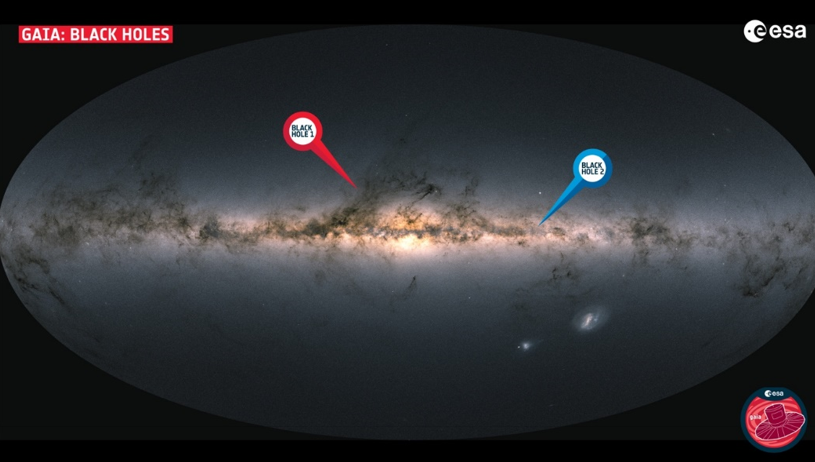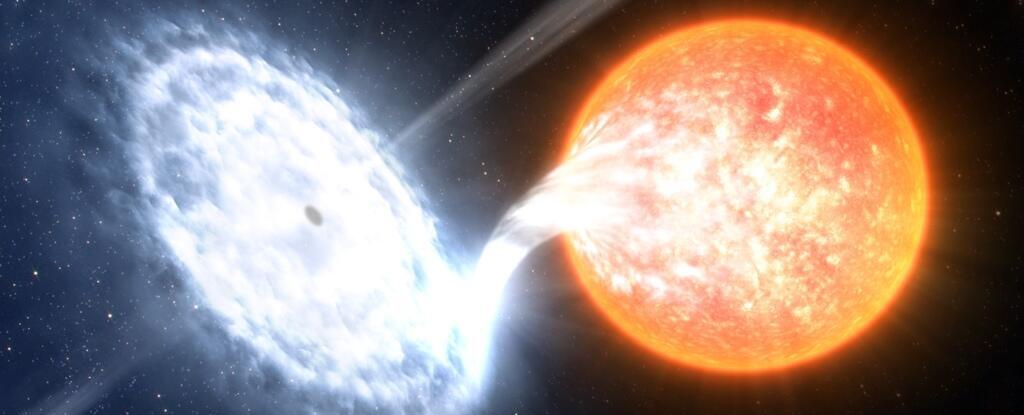In a joint study published last week by Tel Aviv University and the European Space Agency, researchers discovered the first and second closest black holes to Earth.
Related stories:
The black holes, Gaia BH1 and Gaia BH2, are respectively located just 1560 light-years away from us in the direction of the constellation Ophiuchus and 3800 light-years away in the constellation Centaurus. In galactic terms, these black holes reside in our cosmic backyard.
By observing the motion of their companion stars, the scientists were able to identify the two black holes. The movement of the stars in the sky showed a peculiar "wobble," suggesting that they were orbiting an extremely massive object. In both cases, these objects were approximately ten times more massive than our Sun. The possibility of these massive companions being double-star systems was dismissed because they did not appear to emit any light.
A team of researchers, which includes a group from Tel Aviv University led by Prof. Zvi Mazeh from the School of Physics and Astronomy, is studying double stars that were discovered using data from a spacecraft. Approximately three months ago, the team released a list of over a quarter of a million stars, each with another planet orbiting around them as their partner.
“Gaia’s Data Processing and Analysis Consortium is developing methods to identify astrometric binaries with compact companions. We expect to provide a good sample of candidates in the next Gaia data release,” says Prof. Mazeh. "The scientific community looks forward to further expanding this new population of dormant black holes."
"I take great pride in our research group's involvement in processing Gaia's data and investigating the newly discovered objects, this is a unique approach that has led to the identification of two black holes that are relatively nearby. My hope is that this discovery will help us gain a better understanding of the process that leads to the formation of such double systems, as the specifics of this process are currently not well-understood."



